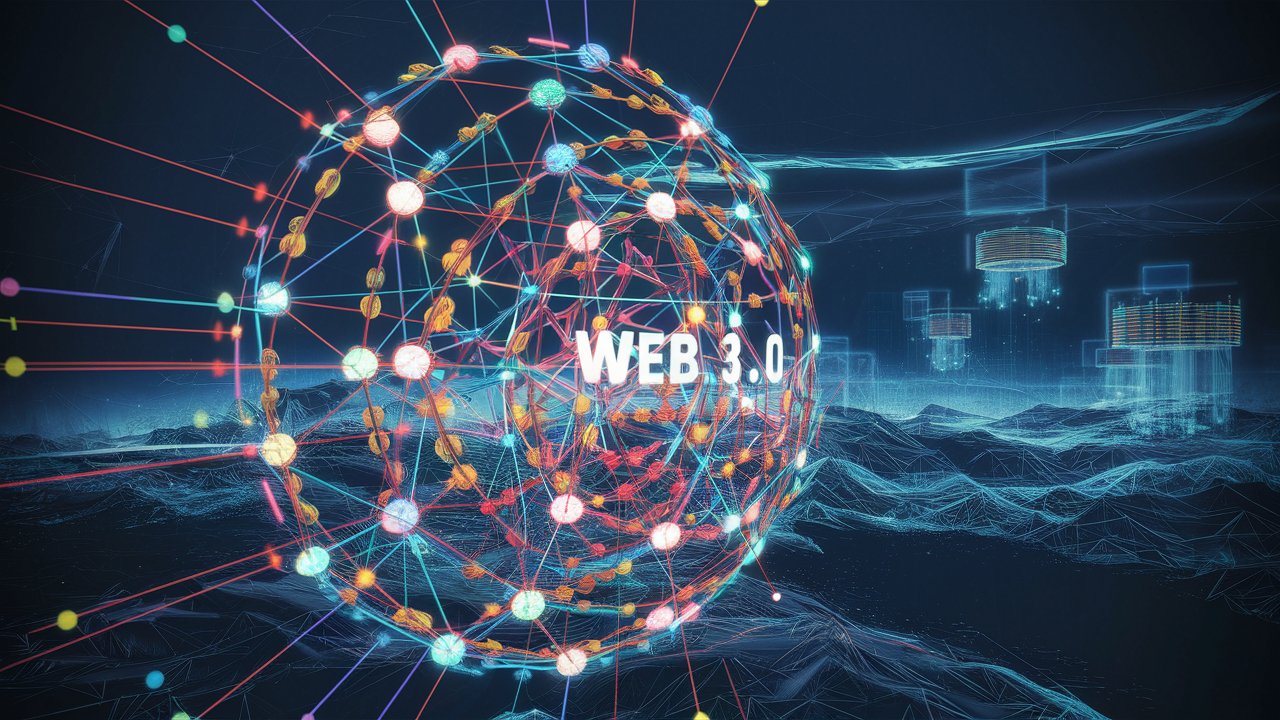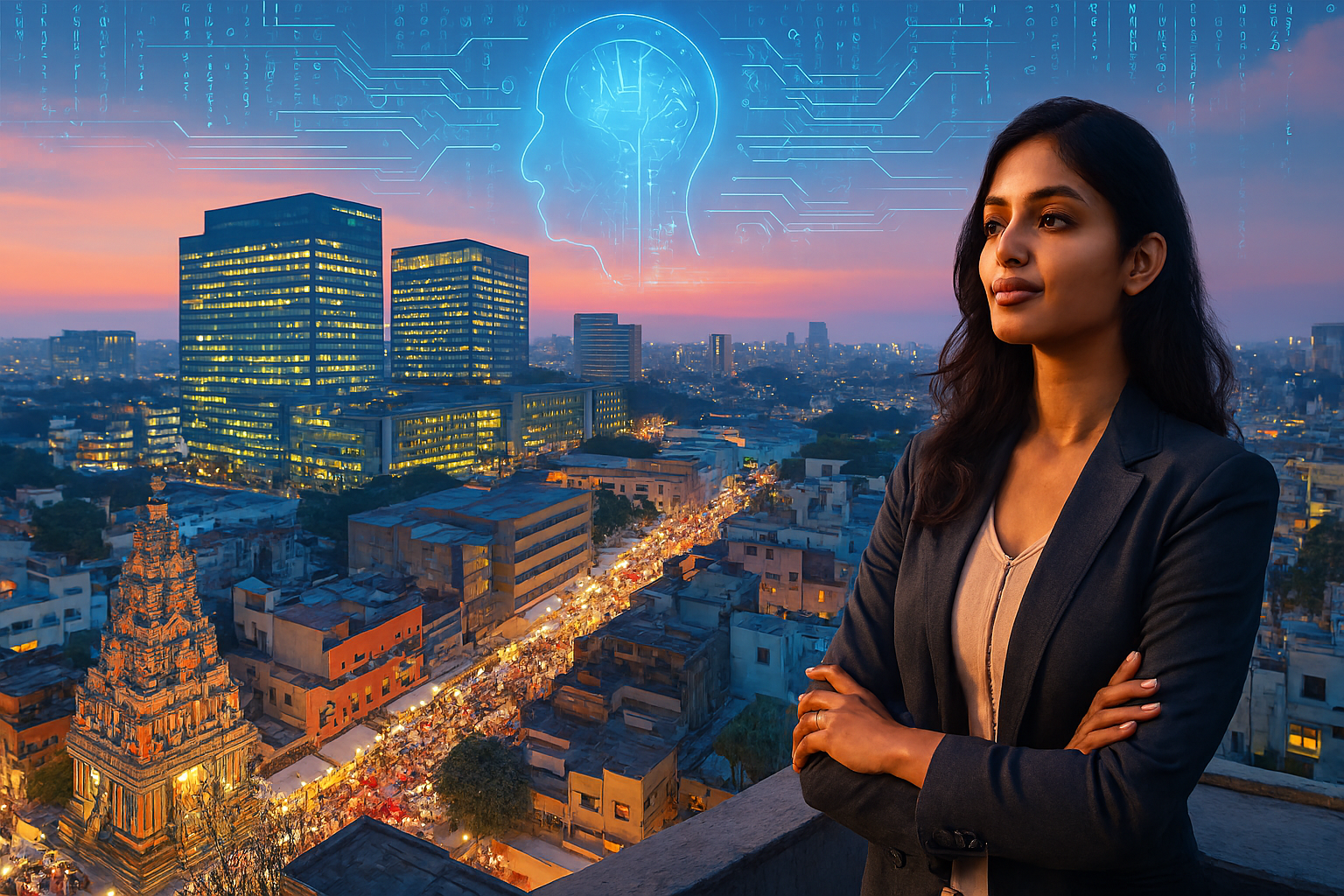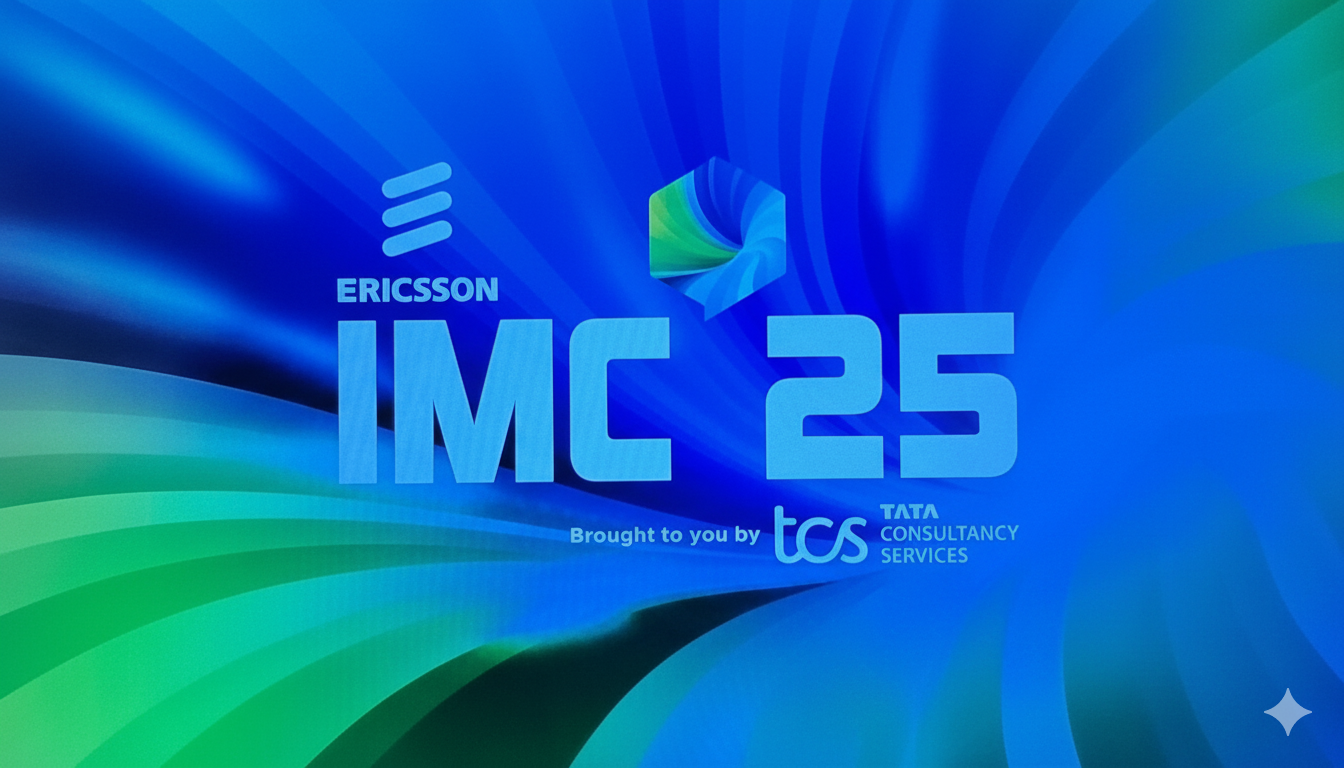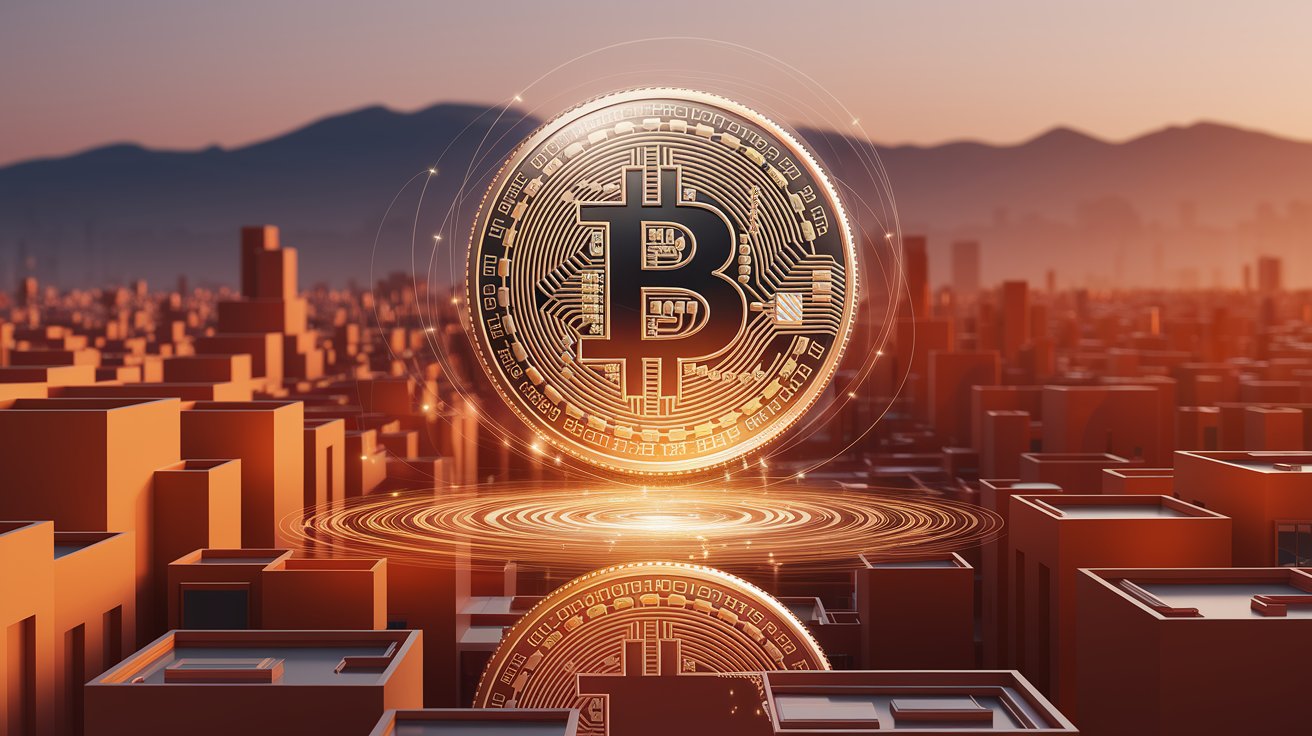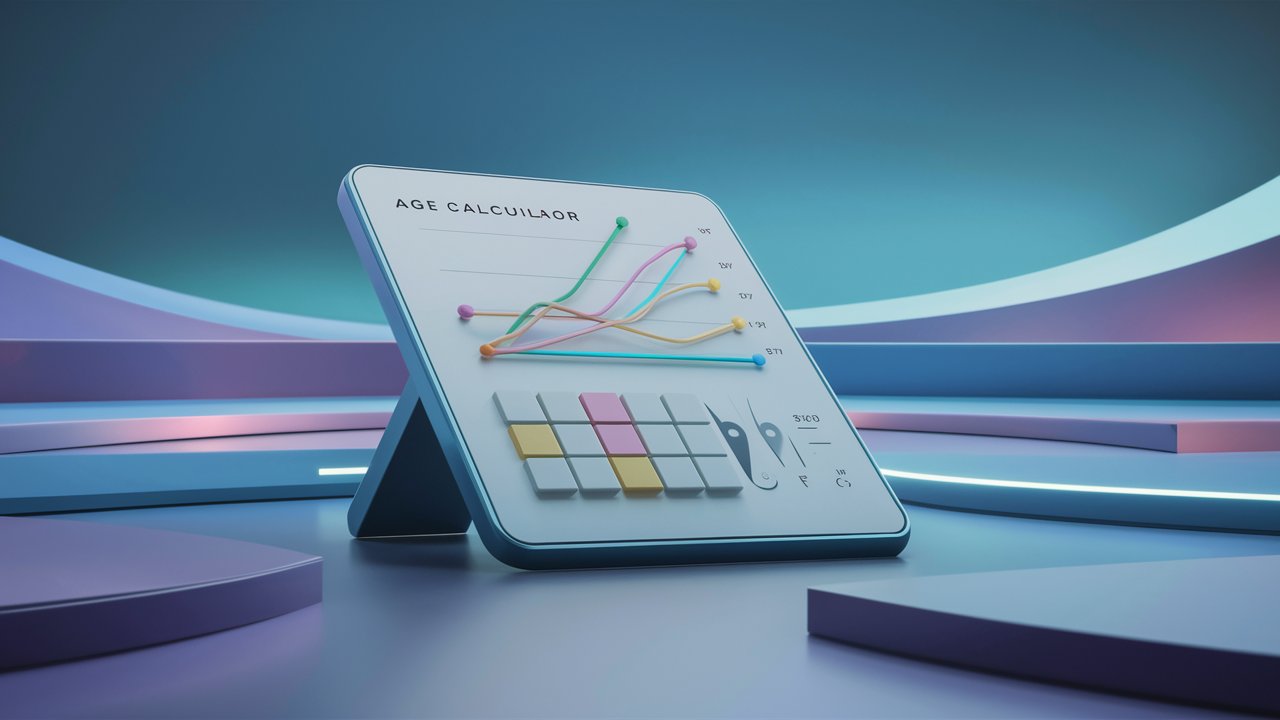- Home
- /
- Courses
- /
- Fundamentals of Web3.0
- /
- A. Introduction to Web3.0
Introduction
The internet has transformed the way humanity connects, communicates, and creates. From the static pages of the early 1990s to the dynamic, user-driven platforms of the 2000s, the web has evolved through distinct phases, each reshaping society in profound ways. Today, we stand at the cusp of another transformation: Web3.0, often heralded as the decentralized internet, promises to redefine how we interact with digital systems by prioritizing user sovereignty, trustlessness, and decentralization. Unlike its predecessors, Web3.0 is not just a technological upgrade but a philosophical shift, aiming to empower individuals over centralized gatekeepers. This chapter introduces the core concepts of Web3.0, traces the evolution of the internet, and explores the technologies and principles driving this new paradigm. By the end, you’ll understand why Web3.0 is more than a buzzword—it’s a vision for a freer, more equitable digital future.
Imagine a world where you control your data, where transactions occur without intermediaries, and where communities govern themselves without top-down authority. This is the promise of Web3.0. Built on blockchain technology, cryptographic security, and peer-to-peer networks, Web3.0 seeks to dismantle the centralized control that dominates today’s internet. To grasp its significance, we must first journey through the internet’s past, understand the limitations of the current web, and explore the building blocks that make Web3.0 possible.
The Evolution of the Internet
The internet’s history can be divided into three eras: Web1.0, Web2.0, and the emerging Web3.0. Each phase reflects technological advancements and shifting societal needs.
Web1.0: The Read-Only Web (1990s–Early 2000s)
In the early days of the internet, Web1.0 was a collection of static, read-only websites. Think of it as a digital library where users could consume information but had little ability to interact. Websites were built by developers using HTML, hosted on servers, and accessed via browsers like Netscape. Content was largely informational—think university pages, company brochures, or early news sites. Interaction was limited to clicking hyperlinks, and user participation was minimal. While revolutionary for its time, Web1.0 was a one-way street, with content creators holding all the power.
Web2.0: The Social Web (Mid-2000s–Present)
The launch of platforms like MySpace, Facebook, and YouTube marked the rise of Web2.0, the interactive and social web. Powered by advancements in JavaScript, AJAX, and cloud computing, Web2.0 enabled dynamic, user-generated content. Users could now create profiles, post updates, and engage with others in real time. Social media, e-commerce, and streaming services flourished, transforming the internet into a participatory ecosystem.
However, Web2.0 came with a catch. While users gained creative freedom, they surrendered control over their data. Tech giants like Google, Amazon, and Meta became gatekeepers, monetizing user information through targeted advertising and centralized platforms. The trade-off for free services was privacy, as personal data became a commodity. Moreover, these platforms could censor content, deplatform users, or change algorithms at will, highlighting the risks of centralized control.
Web3.0: The Decentralized Web (Present–Future)
Web3.0 emerges as a response to Web2.0’s shortcomings. It envisions an internet where users regain control over their data, identity, and digital interactions. Enabled by blockchain technology, Web3.0 replaces centralized servers with decentralized networks, ensuring no single entity holds disproportionate power. Applications in Web3.0, known as decentralized applications (dApps), operate on peer-to-peer protocols, often leveraging smart contracts—self-executing code that enforces agreements without intermediaries.
For example, consider a social media platform in Web2.0, where a company controls your posts and data. In Web3.0, a decentralized social platform might store your content on a blockchain or distributed storage system like IPFS (InterPlanetary File System), ensuring you retain ownership and can’t be censored arbitrarily. Web3.0’s ethos is rooted in trustlessness, meaning users rely on code and consensus rather than trusting a corporation or authority.
Core Principles of Web3.0
Web3.0 is defined by three foundational principles: decentralization, trustlessness, and user sovereignty. These principles shape its architecture and distinguish it from earlier web iterations.
Decentralization
In Web2.0, data resides on servers owned by corporations like Amazon Web Services or Google Cloud. In Web3.0, data and computation are distributed across a network of nodes—computers that collectively maintain the system. This eliminates single points of failure and reduces reliance on centralized entities. For instance, Ethereum, a leading Web3.0 platform, operates on thousands of nodes worldwide, ensuring resilience and transparency.
Trustlessness
Trustlessness doesn’t mean a lack of trust but rather the ability to operate without trusting a central authority. In Web3.0, trust is embedded in code and consensus mechanisms. For example, a smart contract on Ethereum automatically executes when conditions are met, without requiring a bank or lawyer to mediate. This reduces the need for intermediaries, lowers costs, and enhances transparency.
User Sovereignty
Web3.0 empowers users to own their digital assets, whether it’s data, cryptocurrency, or digital collectibles like NFTs (non-fungible tokens). Through cryptographic wallets like MetaMask, users control their private keys, granting them direct access to their assets and identities. This contrasts with Web2.0, where platforms control user accounts and can lock or delete them at will.
Key Technologies Driving Web3.0
Web3.0 is built on a suite of technologies that enable its decentralized vision. Understanding these is crucial to appreciating its potential.
Blockchain
At the heart of Web3.0 is blockchain, a distributed ledger that records transactions across a network of computers. Each block contains a set of transactions, cryptographically linked to the previous block, forming an immutable chain. Blockchains like Bitcoin and Ethereum provide the infrastructure for Web3.0 applications, ensuring security and transparency. For example, Ethereum’s blockchain supports smart contracts, enabling complex dApps like decentralized exchanges.
Cryptography
Cryptography underpins Web3.0’s security. Public/private key pairs allow users to sign transactions and prove ownership without revealing sensitive information. Hashing algorithms, like SHA-256, ensure data integrity, while digital signatures verify authenticity. These mechanisms make Web3.0 systems resistant to tampering and fraud.
Peer-to-Peer Networks
Web3.0 relies on peer-to-peer (P2P) networks, where nodes communicate directly without intermediaries. Unlike client-server models in Web2.0, P2P networks distribute data and computation, enhancing resilience. IPFS, for instance, uses P2P technology to store and share files decentrally, reducing dependence on centralized servers.
Smart Contracts
Smart contracts are programmable agreements that execute automatically when predefined conditions are met. Written in languages like Solidity, they power dApps, from lending platforms to digital marketplaces. For example, a smart contract could automate a loan, releasing funds when a borrower deposits collateral and repaying lenders upon repayment, all without a bank.
The Web3.0 Ecosystem
Web3.0 is more than technology—it’s an ecosystem of applications and communities. Key components include:
- Decentralized Applications (dApps): These are applications that run on blockchains, combining frontends (like traditional websites) with backend logic on a blockchain. Examples include Uniswap (a decentralized exchange) and Aave (a lending protocol).
- Decentralized Finance (DeFi): DeFi platforms enable financial services like lending, borrowing, and trading without banks. MakerDAO, for instance, allows users to create stablecoins backed by cryptocurrency collateral.
- Non-Fungible Tokens (NFTs): NFTs represent unique digital assets, from art to virtual real estate, stored on blockchains. Platforms like OpenSea facilitate NFT creation and trading.
- Decentralized Autonomous Organizations (DAOs): DAOs are community-governed organizations managed through smart contracts. Members vote on decisions using governance tokens, as seen in MakerDAO’s governance of the DAI stablecoin.
Benefits and Challenges of Web3.0
Web3.0 offers significant advantages but also faces hurdles that must be addressed for widespread adoption.
Benefits
- User Empowerment: Users control their data and assets, reducing reliance on centralized platforms.
- Transparency: Blockchain’s public ledgers ensure transactions are verifiable by anyone.
- Resilience: Decentralized networks are less prone to outages or censorship.
- Innovation: Web3.0 enables new business models, like tokenized economies and creator-driven platforms.
Challenges
- Scalability: Blockchains like Ethereum struggle with high transaction costs and slow processing times, though Layer 2 solutions like Polygon are addressing this.
- Usability: Web3.0 tools, like wallets and dApps, can be complex for non-technical users.
- Regulation: Governments are grappling with how to regulate decentralized systems, creating uncertainty.
- Environmental Impact: Some blockchains, particularly those using Proof of Work, consume significant energy, though Proof of Stake alternatives are gaining traction.
Real-World Impact: A Glimpse into Web3.0’s Potential
To illustrate Web3.0’s transformative potential, consider a freelance artist in a Web2.0 world. They create digital art and sell it on a centralized platform, which takes a 30% commission, controls pricing, and retains the right to remove their work. In Web3.0, the artist mints their art as an NFT on a platform like OpenSea, retaining ownership and earning royalties on secondary sales. They can also join a DAO to collaborate with other artists, pooling resources without a corporate intermediary. This shift from centralized control to user-driven ecosystems exemplifies Web3.0’s promise.
Another example is DeFi. In traditional finance, a small business seeking a loan faces high interest rates and lengthy approvals. In DeFi, they can borrow instantly from a protocol like Compound by depositing cryptocurrency collateral, with terms enforced by a smart contract. This democratizes access to financial services, especially in underserved regions.
Recommended Readings
To deepen your understanding of Web3.0, explore these foundational resources:
- “The Bitcoin Standard” by Saifedean Ammous: A comprehensive look at Bitcoin’s role as a decentralized currency and its implications for Web3.0.
- “Mastering Ethereum” by Andreas M. Antonopoulos and Gavin Wood: A technical guide to Ethereum, smart contracts, and dApps, perfect for understanding Web3.0’s technical backbone.
- Ethereum Whitepaper by Vitalik Buterin: The original vision for Ethereum, outlining its role in enabling decentralized applications.
- “The Web3.0 Manifesto” (Web3 Foundation): A concise overview of Web3.0’s principles and goals, available on the Web3 Foundation website.
- “Decentralized Applications” by Siraj Raval: A practical introduction to building dApps, with insights into Web3.0’s ecosystem.
Conclusion
Web3.0 represents a paradigm shift, moving the internet from centralized control to a decentralized, user-centric model. By leveraging blockchain, cryptography, and peer-to-peer networks, it empowers individuals to own their data, engage in trustless transactions, and participate in self-governing communities. While challenges like scalability and usability remain, the potential for innovation and empowerment is immense. This chapter has laid the groundwork for understanding Web3.0’s principles, technologies, and ecosystem. In the chapters ahead, we’ll dive deeper into the tools and applications—blockchain, smart contracts, dApps, and more—that make this vision a reality. Welcome to the decentralized future.

